Albumen Variations
Matte Albumen
Albumen papers can be made matte in several ways. Some early practitioners who preferred the matte surface of the salted paper print used a very dilute layer of albumen. Aesthetic trends throughout the mid to late nineteenth century shifted towards glossier surface sheens. However, with the introduction and popularization of platinum papers some photographers once again desired a more matte surface. In 1895 matte albumen papers were introduced and were commercially produced until the late 1920s, primarily in Europe. Matte albumen papers were made with a starch added to the albumen, which was coated on a roughly textured support. Processing was done in the same way as typical albumen paper. Like matte collodion, matte albumen may be toned with both gold and platinum resulting in a similar range of image tones. Matte gelatin POP may also appear similar to matte albumen, however, matte albumen will likely exhibit highlight yellowing due to the presence of an albumen binder.
Albumen papers can be made matte in several ways. Some early practitioners who preferred the matte surface of the salted paper print used a very dilute layer of albumen. Aesthetic trends throughout the mid to late nineteenth century shifted towards glossier surface sheens. However, with the introduction and popularization of platinum papers some photographers once again desired a more matte surface. In 1895 matte albumen papers were introduced and were commercially produced until the late 1920s, primarily in Europe. Matte albumen papers were made with a starch added to the albumen, which was coated on a roughly textured support. Processing was done in the same way as typical albumen paper. Like matte collodion, matte albumen may be toned with both gold and platinum resulting in a similar range of image tones. Matte gelatin POP may also appear similar to matte albumen, however, matte albumen will likely exhibit highlight yellowing due to the presence of an albumen binder.
What to look for: Matte surface sheen, yellow highlights, image tones ranging from purple-brown to purple-red and purple-black, but may be neutral due to double toning with gold and platinum.
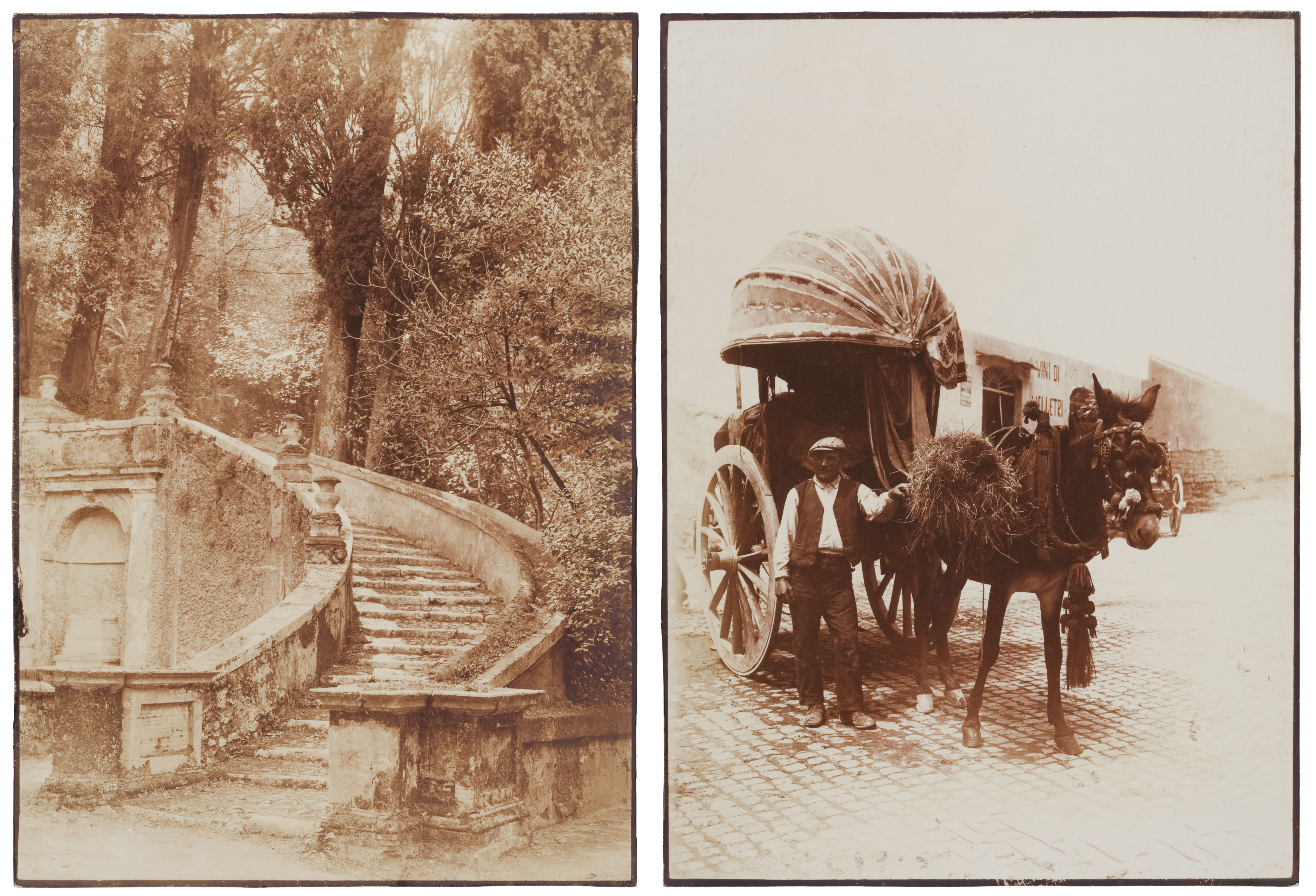
Matte albumen prints have characteristic yellow highlights, warm image tones, and fading of albumen prints.
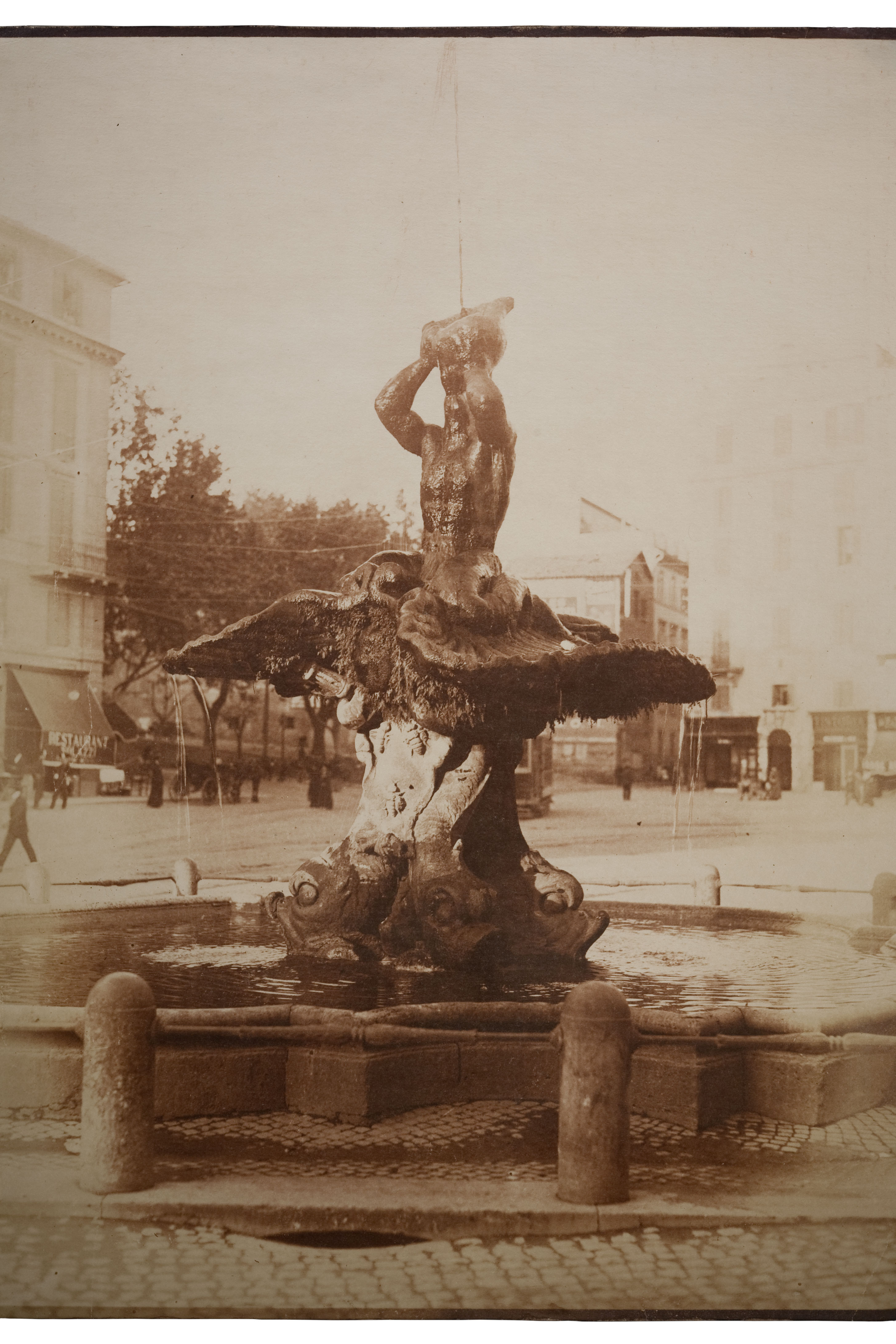
Imaged with specular light, matte albumen prints have a matte surface sheen
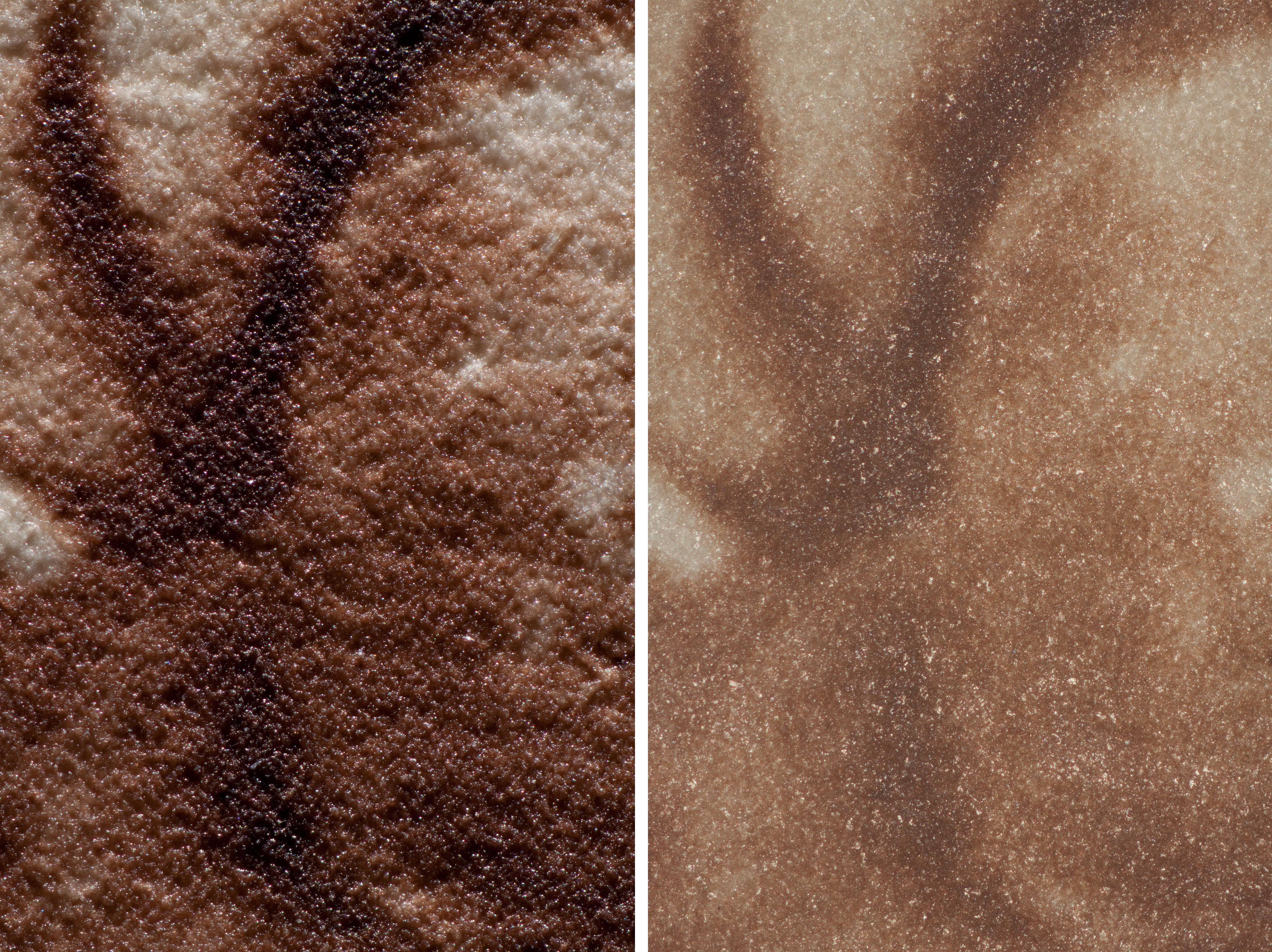
With magnification and either raking or specular light matting agents composed of starch particles are visible.
Collodion Glazing
Glazing, or enameling, with collodion was a finishing technique used to impart a high gloss surface sheen on an albumen print. According to the instructions in the September 1904 Practical Photographer, enameling a print with collodion required coating a sheet of glass with collodion and soaking it together with the print in a solution of gelatin and water. The print was then placed face down into contact with the collodion and squeegeed together to removed air bubbles. When dry, the print easily came loose from the glass with the collodion adhered to the surface. The collodion coating bares the same characteristics as a collodion binder—it is brittle and therefore susceptible to abrasion, and may exhibit iridescence due to thin film interference.
Glazing, or enameling, with collodion was a finishing technique used to impart a high gloss surface sheen on an albumen print. According to the instructions in the September 1904 Practical Photographer, enameling a print with collodion required coating a sheet of glass with collodion and soaking it together with the print in a solution of gelatin and water. The print was then placed face down into contact with the collodion and squeegeed together to removed air bubbles. When dry, the print easily came loose from the glass with the collodion adhered to the surface. The collodion coating bares the same characteristics as a collodion binder—it is brittle and therefore susceptible to abrasion, and may exhibit iridescence due to thin film interference.
What to look for: A high gloss surface sheen and wet-like appearance, iridescence, yellow highlights, paper fibers visible beneath coating and binder.
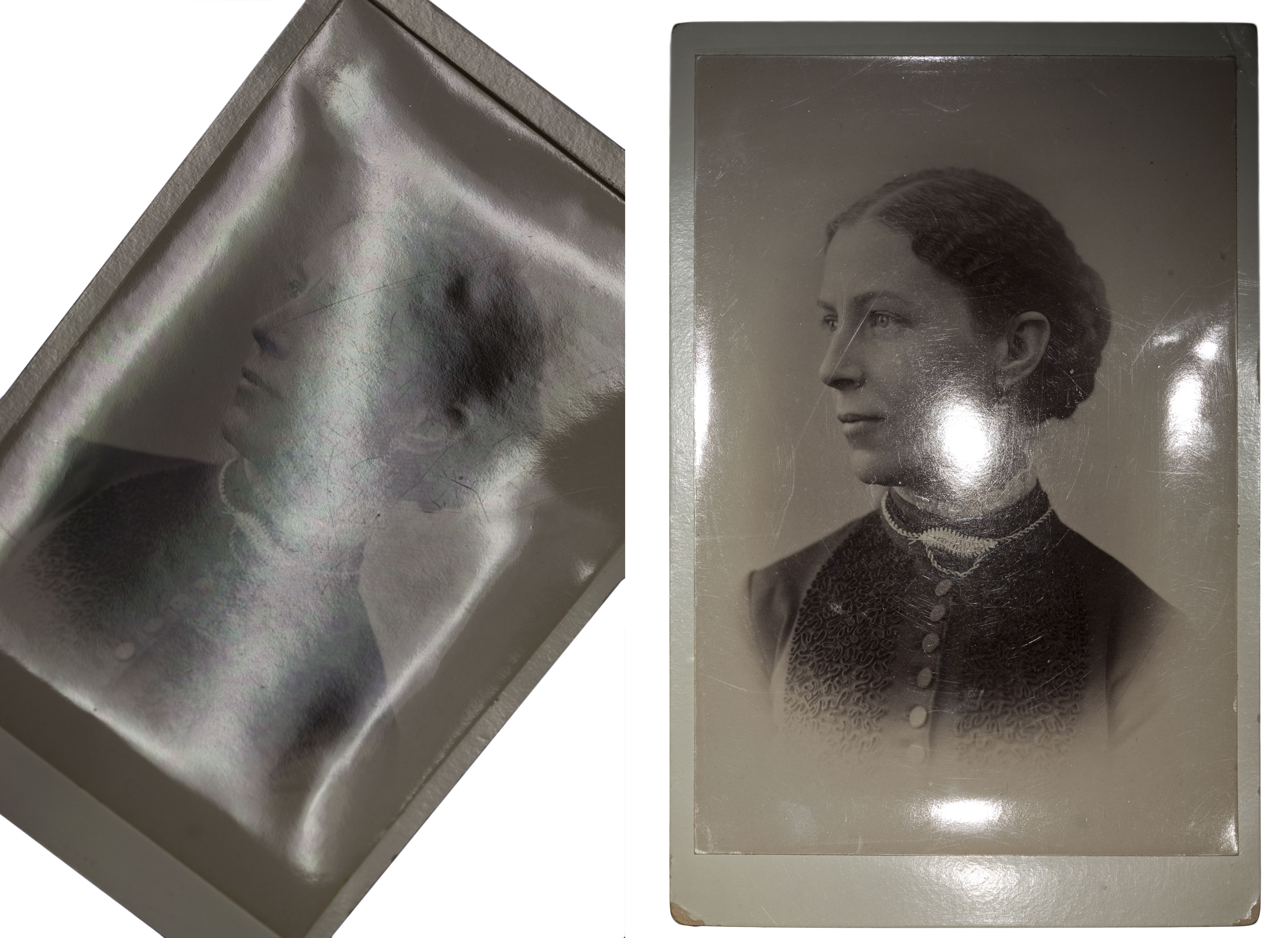
Collodion glazed albumen prints have a high-gloss surface sheen, wet-like appearance, and usually exhibit iridescence.
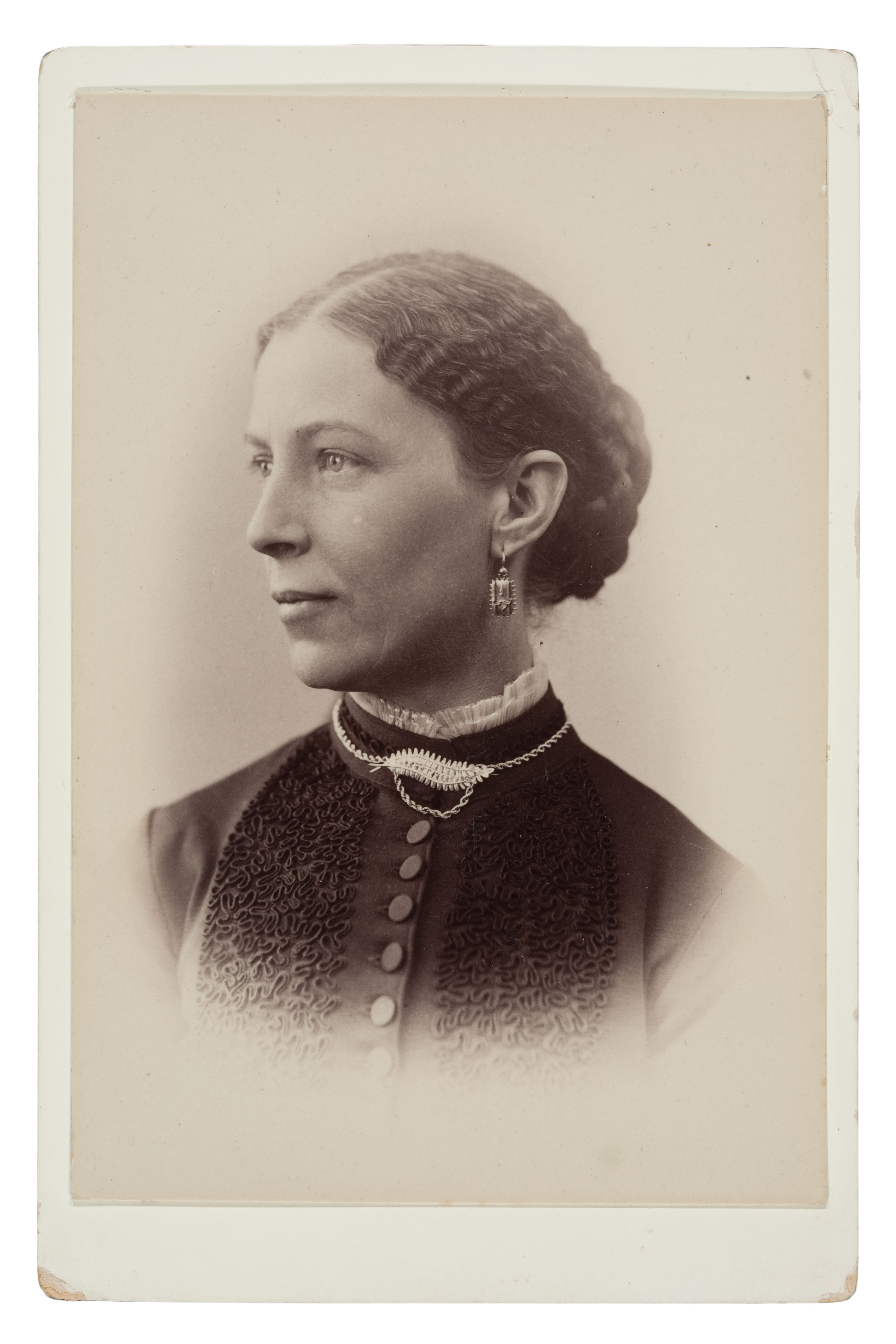
Due to the presence of an albumen binder, highlight yellowing is likely.
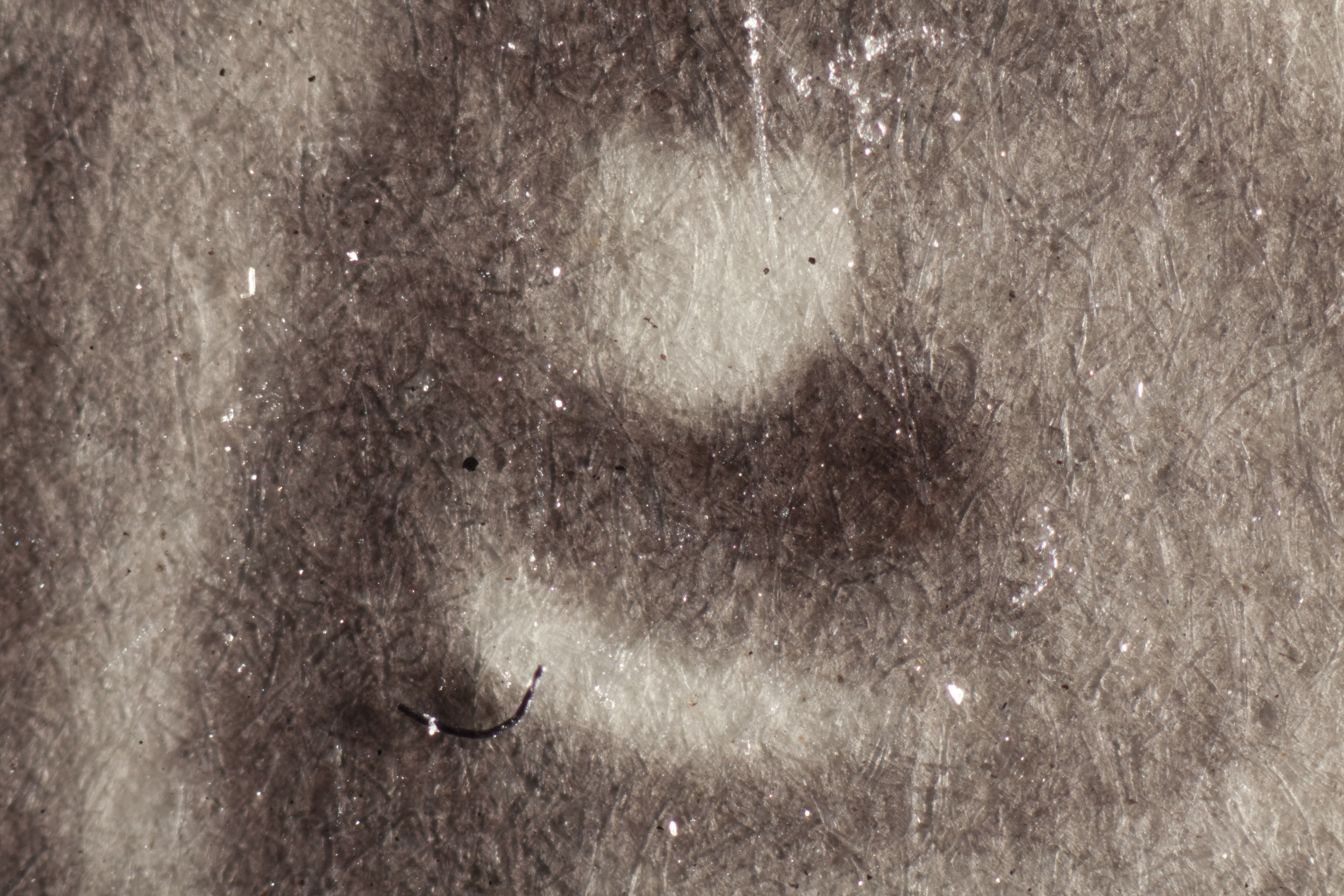
With magnification and raking light, paper fibers are visible.